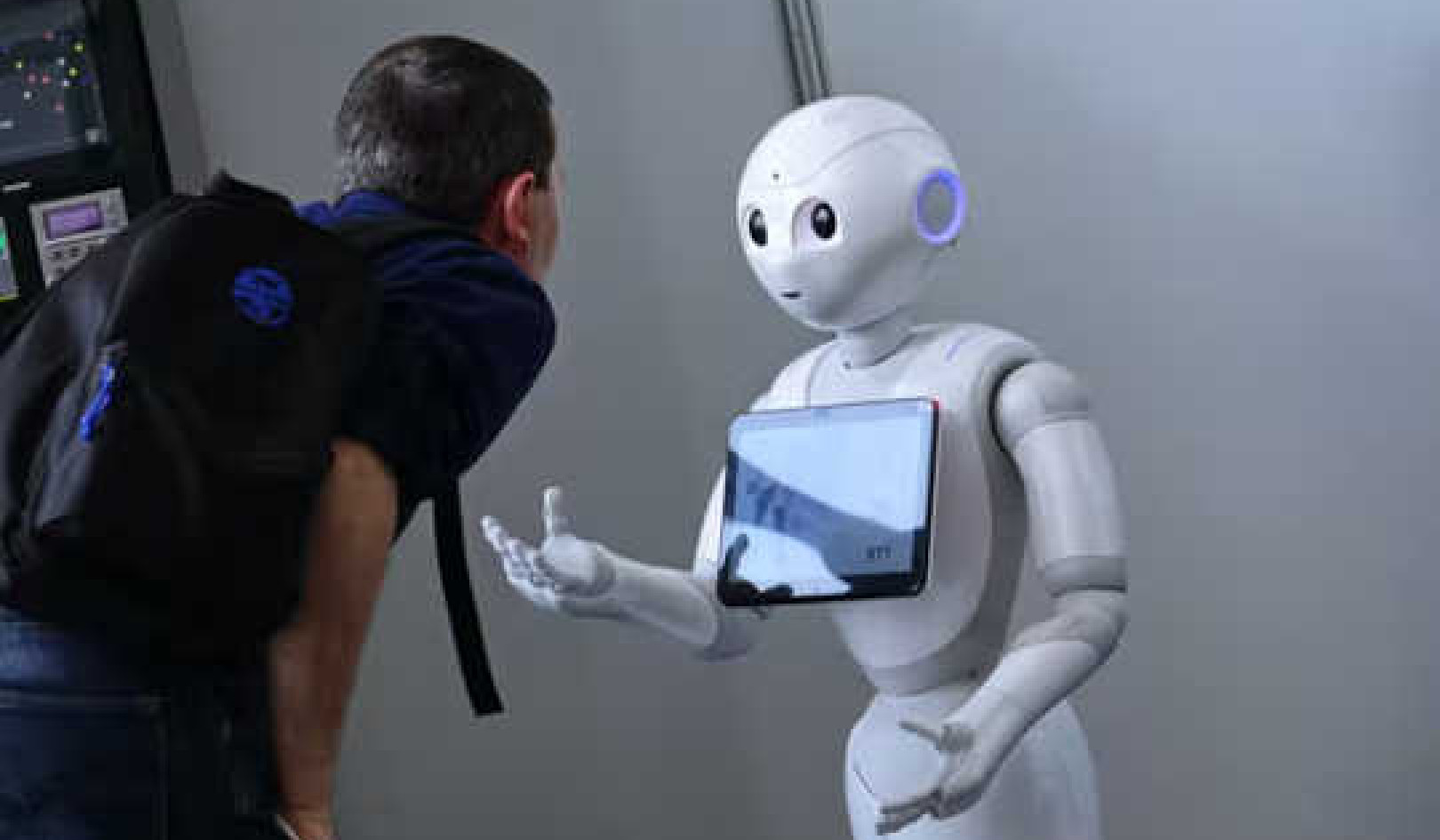
It's hard to imagine wholesale changes to agriculture and food. But history is full of examples of social innovations that were initially derided as impossible and unacceptable.
Human slavery was legal not so long ago. When opponents argued for abolition, they were up against supporters of the status quo who argued that the economy was based on slave labor and that abolition would be disruptive and destabilizing.
Other powerful social shifts have included the extension of voting rights to women and, more recently, public acceptance for gay rights. These issues and others were once controversial, but are widely supported today.
From Social Changes to Individual Rights...
There are many small, but significant, examples. Car seatbelts, in my part of the world, have only been mandatory for a few decades. I remember debates on whether seatbelt use should be compulsory, and protests from opponents that such laws would violate individual rights. But the pro-seatbelt arguments won out, and today most people just buckle up.
A more dramatic example involves smoking. When citizens started discussing potential limits to public smoking, debates were emotional. Some people protested that limits would abrogate smokers' rights. Since then, the majority has come to feel that nonsmokers have rights too, and in only a few years, social norms on this issue have changed so utterly that almost no one objects when smokers are forced to stand in the freezing rain for a puff.
An additional example concerns what dogs leave behind. In my town, when I was a child, dog waste lay in neighborhood parks, on sidewalks, and at street curbs. Today a municipal bylaw requires that dog-owners clean up after their pets. The change didn't happen overnight, but it happened, and today the community is cleaner and healthier. Turning societies around takes time and effort. But social change can and does take hold.
For Society to Change, Individuals Must Change
Individuals can also change. Where meat is concerned, some say they already have. "We hardly eat any meat these days,” I've been told. "We eat much less meat than we used to." At first I thought people were engaging in little friendly exaggeration to make my day, but there is, indeed, a trend. There are signs of it in North America, though some European countries are ahead of us.
A recent poll in the Netherlands showed that well over half of consumers identify themselves as "meat reducers" who are voluntarily restricting their consumption. Eating less meat is a shift that — in small ways — is already occurring.
Nevertheless, there persists a belief that people are incapable of cutting back on their meat consumption. Maybe it's the raw lust evoked by the idea of meat, which is odd since no one would accept that it's impossible to control other kinds of lust. The belief that heavy meat-eating is intractable may also be tied to the widely held myth that people can't change.
From Daily Meat to Daily Bread
 Altering behavior can indeed be difficult, especially habits that are as tied to culture, family, and identity as those involving food. Desire can be powerful for meatballs the way your mother used to make them. But that doesn't mean you need meatballs — or any meat — every day.
Altering behavior can indeed be difficult, especially habits that are as tied to culture, family, and identity as those involving food. Desire can be powerful for meatballs the way your mother used to make them. But that doesn't mean you need meatballs — or any meat — every day.
The truth is, people are capable of significantly changing their ways. A heavy drinker stops imbibing and takes charge of his life. A dangerous driver slows down, and a busy mother stops using her cell phone while driving, each after near-accidents. An overweight person musters the courage of control, especially following the positive reinforcement of weight loss.
People alter their behavior when sufficiently motivated to do so. That's the general rule in psychology, and it applies to habits and life patterns of many kinds. People can change when they have compelling arguments and practical strategies for doing so. In other words, they need good reasons and a plan.
Why Eat Less Meat?
We've got reasons to eat less meat, and we're capable of creating a plan. We know meat isn't necessary every day, and just need ways of acting on that knowledge. We need to break old habits and develop new ones and find different ways of shopping for food and preparing and eating it. Food represents a perfect opportunity for consumers to lower their personal footprint because of food's dramatic environmental impact, and because we make many choices about food every day.
Individuals can have power, especially in the absence of potent political structures, for solving dilemmas as enmeshed as the meat problem. For massive human challenges — think war or climate change — global political mechanisms are sometimes unable to find solutions. For that reason, improving food systems will partly be facilitated through grassroots action. As one group of experts wrote about livestock and meat: “In a global economy, with no global society, it may well be up to consumers to set a sustainable course.”
How Much Is Less?
Less than half of what we now eat.
That's the short version of how much meat the average American and Canadian may be able to consume for sustainability and health. It's essentially an expert guess from scientists, who say it's not possible to be more precise. But whether they're figuring out how to stabilize livestock emissions, get water pollution under control, or mitigate health problems from excessive consumption, numerous experts have suggested we trim our intake to roughly half of what most of us now eat.
Environmentally, how much animal-source consumption is justifiable — now, let alone in the future — depends on many factors: the degree to which we can minimize greenhouse gas emissions and pollution from other sources; how much conservation of water and other resources can successfully be applied to livestock production; and where and how you live.
The suggestion to significantly lower your meat consumption won't necessarily apply if you raise your own animals and eat more in tune with nature than urbanites who don't grow their own. But in general, most people may need to cut their meat intake from a few times a day to a few times a week.
©2012 by Boyle & Associates Sustainable Food Education Ltd.
All Rights Reserved. Reprinted with permission of the publisher,
New Society Publishers. http://newsociety.com
Article Source
High Steaks: Why and How to Eat Less Meat
by Eleanor Boyle.
 Timely and compelling, this powerful book offers a modest, commonsense approach to a serious problem, suggesting strategies for all of us to cut back on our consumption of animal products and ensure that the meat we do consume is produced in a sustainable, ecologically responsible manner. At the same time, High Steaks describes progressive food policy shifts that will discourage factory farming and encourage people to eat in ways that support ecosystems and personal health.
Timely and compelling, this powerful book offers a modest, commonsense approach to a serious problem, suggesting strategies for all of us to cut back on our consumption of animal products and ensure that the meat we do consume is produced in a sustainable, ecologically responsible manner. At the same time, High Steaks describes progressive food policy shifts that will discourage factory farming and encourage people to eat in ways that support ecosystems and personal health.
Click here for more info and/or to order this book.
About the Author
 Eleanor Boyle has been teaching and writing for 25 years, with a focus on sustainable food issues for the past decade. She lectures, facilitates community discussions, and writes about food systems and their social, environmental and health consequences, and works with organizations aiming for better food policy. Eleanor initiated, designed and teaches a course on food and the environment the University of British Columbia's Continuing Studies Centre for Sustainability.
Eleanor Boyle has been teaching and writing for 25 years, with a focus on sustainable food issues for the past decade. She lectures, facilitates community discussions, and writes about food systems and their social, environmental and health consequences, and works with organizations aiming for better food policy. Eleanor initiated, designed and teaches a course on food and the environment the University of British Columbia's Continuing Studies Centre for Sustainability.
























